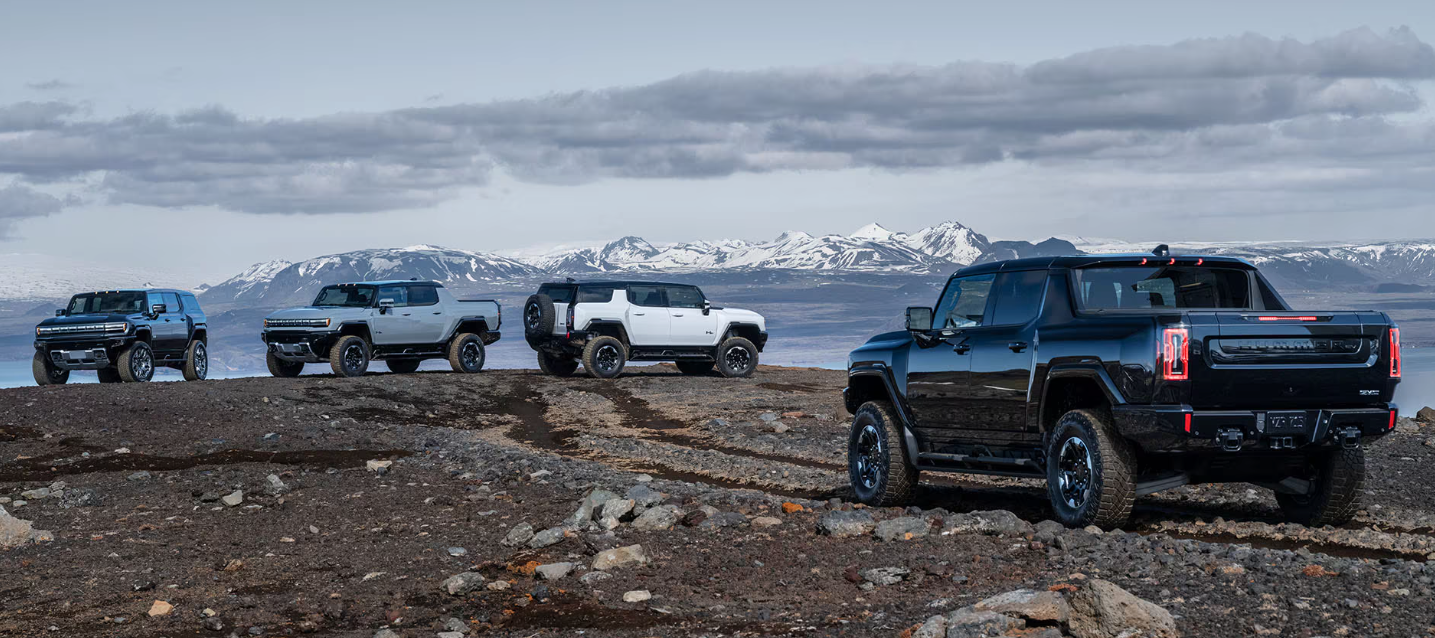Alright, so I’ve been tinkering with this idea for a while now, this “crabbing car” thing. You know, a little vehicle that can just slide sideways. Seemed like a fun challenge, and honestly, I just wanted to see if I could pull it off with the bits and pieces I had lying around or could easily get my hands on.

Getting the Ball Rolling
First things first, I sketched out a really rough idea. Didn’t need to be fancy, just something to get my head around what I was trying to build. I figured I’d need a decent base, four wheels, obviously, but the trick was how to make them all work together to get that sideways movement. I thought about those fancy omni-wheels, but decided to try and make standard wheels pivot. Seemed like a more mechanical puzzle that way, which I kind of enjoy.
So, I rummaged through my workshop. Found some small DC motors, a sheet of acrylic I could cut for the chassis, and a bunch of screws and brackets. I did have to order some small servo motors – the kind people use for RC planes – to handle the steering for each wheel. And, of course, a microcontroller. I just grabbed a common Arduino-compatible board; they’re cheap and I know my way around them well enough.
Putting it Together – The Bones and Muscles
Building the chassis was pretty straightforward. I cut the acrylic to a rectangular shape, nothing too complex. Drilled holes for the motor mounts and the pivoting wheel assemblies. The real headache, and I mean a real headache, started when I tried to get the wheel steering mechanisms working.
Each wheel needed to be able to turn 90 degrees, and they all had to do it precisely together. I designed these little pods for each wheel, with a DC motor for drive and a servo motor mounted on top to rotate the whole pod. Getting the geometry right so they wouldn’t bind or hit each other took a lot of trial and error. Lots of “measure twice, cut once,” and then sometimes still having to recut it anyway. There were moments, I tell ya, where I was just staring at a pile of plastic and wires thinking, “What have I gotten myself into?”
- Figuring out the pivot points was fiddly.
- Making sure each servo had enough oomph to turn the wheel smoothly.
- Keeping all the wiring from becoming a complete bird’s nest. That was a job in itself.
Giving it a Brain and Some Juice
Once the mechanical bits were sort of behaving, it was time for the electronics. I hooked up the DC motors to a motor driver shield, which makes it easier for the microcontroller to tell them what to do – forward, backward, stop. Then, I connected all four steering servos to the microcontroller as well. Powering it all up initially was just with a bench power supply, to make testing easier without worrying about batteries dying on me mid-tweak.

The wiring, oh man. Even trying to be neat, it started to look like spaghetti pretty quick. Zip ties became my best friend at this stage. I tried to keep the power wires separate from the signal wires where I could, just good practice, you know?
The Tricky Part: Teaching it to Crab Walk
Now, for the programming. This is where I really earn my coffee. The basic idea is simple: to crab, all wheels turn 90 degrees in the same direction, and then all drive motors spin to move the car sideways. Sounds easy on paper, right? Well, reality has a way of throwing curveballs.
I started by writing functions to control each wheel’s steering servo individually. Then a function to turn all of them to, say, 90 degrees. And another for 0 degrees (straight ahead). Then functions for driving all wheels forward or backward. The initial tests were… comical. Sometimes one wheel would turn, the others wouldn’t. Sometimes they’d turn the wrong way. Sometimes the car would just try to tear itself apart. It was a bit of a circus.
I spent a good few evenings just staring at code, tweaking values, uploading, testing, and repeating. It’s that slow, methodical process. You change one small thing, see what happens. Sometimes it makes things worse, and you revert. It’s not glamorous, but it’s how you get there.
First Moves and Fine-Tuning
Eventually, I got it to a point where all four wheels would turn in unison, more or less. The first time it actually slid sideways, even just a little bit and very jerkily, I was pretty stoked. It wasn’t smooth, it wasn’t pretty, but it did it.

From there, it was all about refinement. Adjusting the servo timings, tweaking the motor speeds, making sure everything was mechanically sound and not too loose. I found one of the wheel pods was a bit stiff, so I had to take it apart and sand down a piece a tiny bit. Little things like that make a huge difference.
I also added some simple controls using a couple of buttons – one to switch to “crab mode” (turn wheels sideways) and another to go back to normal steering, plus a little joystick to control movement. Keeping it simple for now.
Success! And Some Thoughts
And then, finally, it worked. Smoothly. Turn the wheels, hit the joystick, and it just glides sideways. Pretty neat. Then back to normal mode, and it drives around like a regular little car. It’s definitely not the most practical thing I’ve ever built, let’s be honest. But the satisfaction of getting that crabbing motion working after all the fiddling? Priceless.
This whole thing was a great reminder that even simple-sounding ideas can have a lot of hidden complexity. It’s all those little problems you solve along the way that really teach you things. It wasn’t always fun – there were definitely moments of pure frustration – but getting through those is part of the process. Now, what to build next…?